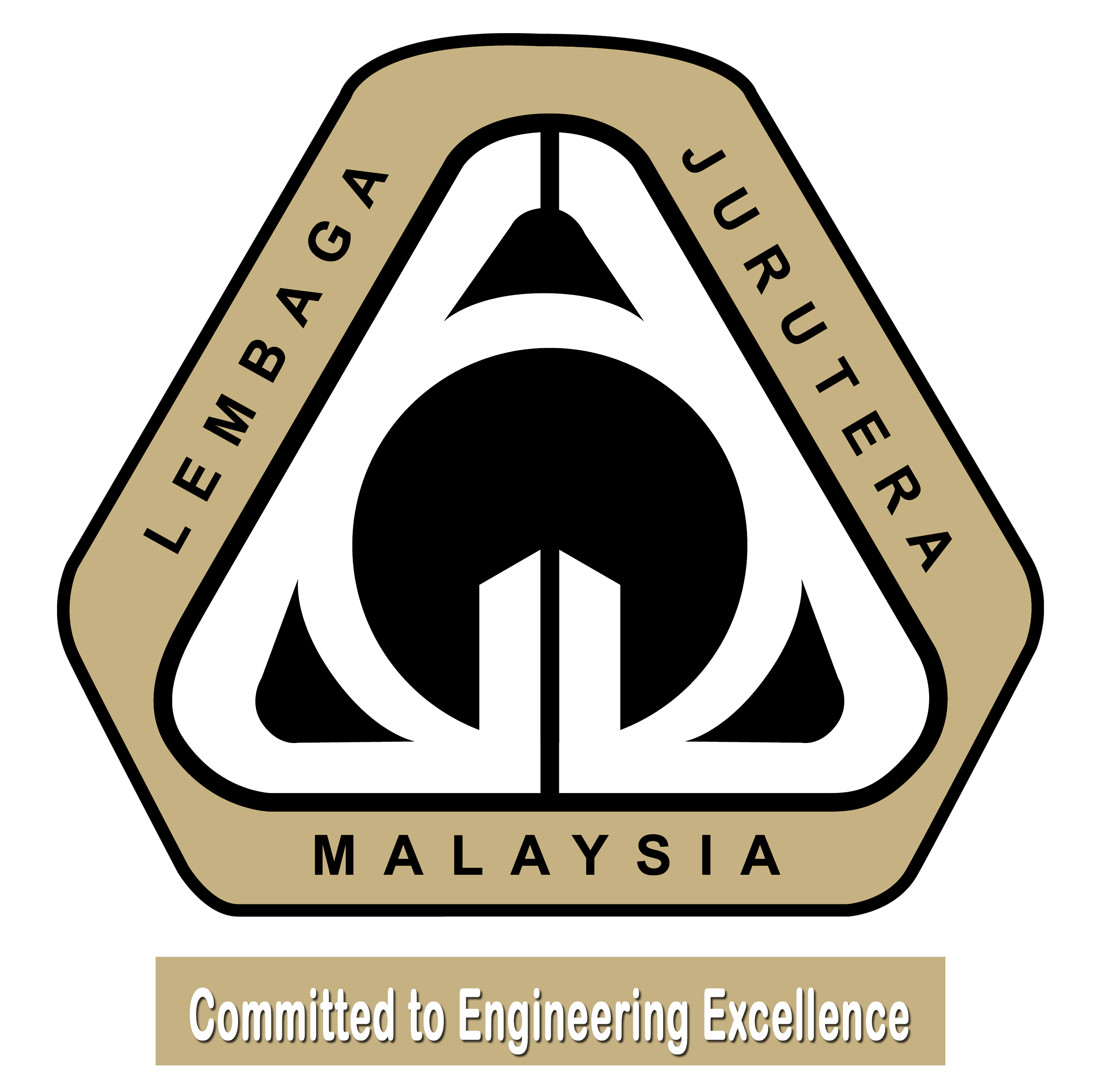 Electrical
Electrical
2. The Electricity Supply System
- Generation, transmission and distribution system
Electrical transmission and distribution systems in Peninsular Malaysia, Sabah and Sarawak.- General description of the public distribution system in Peninsular Malaysia, Sabah and Sarawak (500kV, 275kV, 132kV, 33kV, 11kV, 400/230V), generation levels.
- Generation systems (Smart Grid, PV, etc).
- Design and application of power supply to private installation; EHV intake, 33kV intake, PPU for township, 33kV and 11kV switch rooms for private installation, single-chamber & double chamber substation. Load estimation and substation design; selection of tariff. TNB Supply Handbook, Contribution Charges Handbook and Sarawak Electricity Rules.
- Power factor correction (tariff requirement and method of PF correction).
- Standby Power supply system; generator set, battery pack, changeover system.
- MV and HV intake design configurations (1-feeder, 2-feeder, H-formation, double-bus, single bus system).
- Fault level and Basic Insulation level design considerations.
- Safe operation working procedures for the distribution system.
- HV Systems
- Transmission System
Basic understanding and role of the transmission system in the electricity supply industry as listed below.- Transmission voltages in Malaysia
- Equipment (and their key characteristics thereof) used in transmission networks eg overhead lines, underground cables, circuit breakers, disconnectors, transformers, protection relays, dc systems etc. The terms commonly used to rate equipment eg rated current, short circuit breaking capacity or in the case of transformers, the impedance voltage etc.
- Common configurations of high voltage switchyards and their effects on operation and maintenance, understanding of the types of clearances as applied to transmission technology,
- Earthing as applied to high voltage substations and basic knowledge of key concepts in IEEE Standard 80 - Guide for Safety in AC Substation Grounding
- Generation System
Basic understanding and identification of main elements used in the generation of electricity in Malaysia as listed below,- Knowledge of the process of power generation in hydro, coal fired and gas turbine combine cycle power plants, solar panels, etc.
- Knowledge of the design and operating characteristics of the synchronous generator, and key words used to describe the rating of the generator eg MVA, short circuit ratio, types of impedances etc
- Commonly used excitation systems; able to explain the function from block diagrams, etc
- Knowledge of common electrical configurations of a power plant, the role of the generator, generator transformer, unit and station service transformer, circuit breakers, DC and UPS systems
- Safety and equipment isolation procedures for maintenance
- Transmission System
- MV Systems and Equipment
- MS/IEC 60076; Transformer types (cast resin, ONAN, etc)
- MV switch gears; load break switch, isolator, circuit breakers, arc
breaking/suppression technology in switching (vacuum, arc chute, magnetic
suppression, SF6 etc.) - MV System and Substation Design
- MV cabling systems
- Earthing system for MV substations
- L.V. Distribution System
- MSIEC 60364 - Electrical Installation in Building (Part 1 to Part 7).
- MS 1979 : Electrical Installation of Buildings - Code of Practice
- MS 1936 : Electrical Installation of Building - Guide to MS IEC 60364
- Power Quality (PQ) and Electromagnetic Compatibility (EMC)
- PQ
- MS1760 and IEC 61000-2-8; Definition of PQ phenomenon (surge, dip, transient).
- MS-IEC 61000-4 Mitigating Measures for PQ & immunity levels
- EMC
- Understanding of EMC phenomena, its definition, classification which is generally based on IEC 61000 family of standards and UK Engineering Council recommendations ERP28 5/4 and 29. Common EMC phenomena include voltage unbalance, step changes in voltage, fluctuations, flicker and harmonic distortion.
- Understanding of the EM Environment, emission and immunity limits, the testing and measurement techniques as applied for EMC.
- Understanding of mitigating concepts e.g. by the use of mitigating disturbances, classification, protection zones, earthing and suitable design of cabling systems.
- PQ
Page views:




















